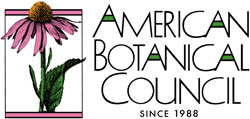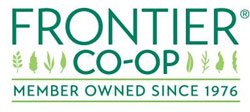
Larix occidentalis, the Western Larch, is a species of larch native to mountainous regions of North America’s Pacific Northwest; southeastern British Columbia and southwestern Alberta in Canada, eastern WA, eastern OR, northern ID, and western MT in the United States.
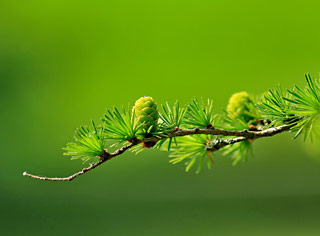
Interestingly, it might also be spotted in New Zealand or Finland. To the untrained, its fall coloring gives the appearance of a dead pine.
According to ethnobotanist D. Moerman, native Americans historically used the gum extracted from under the bark as a dressing in the treatment of cuts and bruises, and infusions (tea) of the bark were used in the treatment of coughs, colds, and even tuberculosis. A decoction was used as a wash on wounds, and the gummy sap chewed for the treatment of sore throat.
The leaves and stems are antirheumatic, antiseptic, appetite stimulating, and “blood purifying”, the latter perhaps being a result of its well-known effect on gut microflora. Decoctions were used both internally and externally in the treatment of cancer, and it was said to help emaciated patients gain weight and improve in health. A decoction of the stem tips was taken internally and as a soak for arthritic limbs (Daniel Moerman, 1998 – Native American Ethnobotony).
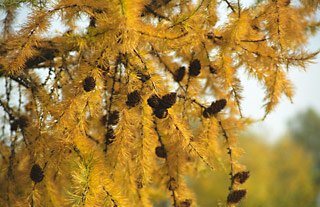
There appears to be good reasoning behind the traditional uses of Larch, since research into its phytochemical constituents reveals that Larch contains a compound that is composed of over 98% arabinogalactan, a branched polysaccharide made up of a galactan backbone with arabinose and galactose sugar side chains (D’Adamo, 1996, J. Naturopathic Medicine). This unique chemical is not only an excellent source of dietary fiber, having gained the approval of the FDA as a food, but it has also been shown to increase the production of short-chain fatty acids in the gut, principally butyrate and propionate. These fatty acids, products of the intestinal bacteria, have been shown to decrease the generation and absorption of ammonia. Ammonia is a by-product of normal cellular activity, and it can become toxic in higher levels, especially to the brain, if not effectively cleared from the body by the renal system. Given that ammonia has been linked as a causative factor in Alzheimer’s Disease (N. Seiler, 1993 – Neurochemical Research), this safe and simple plant extract might be of great benefit in prevention, and treatments of AD.
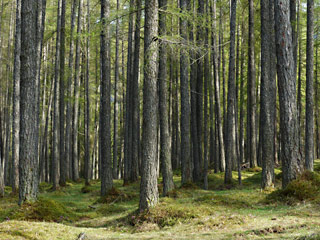
When humans consume larch arabinogalactan there is a significant enhancement of beneficial gut bacteria (pre-biotic), specifically increasing anaerobic species such as Bifidobacteria and Lactobacillus. Their involvement in the recovery of many gastrointestinal conditions collectively labeled as “Irritable Bowel” is widely reported (Carroll IM, 2012 –Neurogastroenterology Motility, among others), and given the direct anti-inflammatory effects of the arabinogalactan itself (Dion, Chappuis, Ripoll – 2016, Nutr Metab, London), it would be reasonable to add this extract to almost any treatment plan for GI disease.
Larch arabinogalactan has several interesting properties which could make it a potent adjunctive treatment in cancer protocols. This lends support to its historical use by native Americans for cancers. Experimental studies reported by D’Adamo and others, show that larch arabinogalactan can stimulate natural killer (NK) cell cytotoxicity, specifically against tumor cells, increase macrophages and T-cells, and increase the release of interferon, and tumor necrosis factor — furthermore, inhibiting the metastasis of tumor cells to the liver (D’Adamo, 1996 – J. Naturopathic Medicine). Arabinogalactans, in theory, may be effective against tuberculosis (and leprosy) too as reported by D’Adamo. These immunostimulatory effects suggest a number of clinical uses, both in preventive medicine, and clinically, as a therapy in diseases of lowered immune function, decreased NK activity, or chronic viral infections.
The dosing of arabinogalactan extracts are typically in the 1,000-2,000 mg/day range, given that the extracts are standardized to 85% arabinogalactans, which appears to be the industry standard. As is often the case, the FDA has not evaluated the claims of “immune cell enhancement”, although the many effects on the immunologic system are well documented (D’Adamo).
Note: The information on this site is provided as a research resource for health professionals and is not intended to replace diagnosis and treatment by a qualified health care practitioner. Consult your medical care provider before using any herbal medicine.
Meet Our Contributor:
Dr. Scott Tyler is a second generation Naturopathic Physician. He has practiced in Langley, BC for the past 33 years, where he resides on his family farm. Author of a soon to be released book on thyroid disease, he is also busy teaching and supervising student ND’s at British Columbia’s only school of Naturopathic Medicine in New Westminster, Canada.
References:
Micken, Lori – Montana Outdoors magazine, Larix occidentalis.
Dion C, Chappuis E, Ripoll C. Does larch arabinogalactan enhance immune function? A review of mechanistic and clinical trials. Nutr Metab (Lond). 2016;13:28. Published 2016 Apr 12. doi:10.1186/s12986-016-0086-x
Moerman, Daniel 1998. Native American ethnobotany.
Nikolaus Seiler. Is ammonia a pathogenetic factor in Alzheimer’s disease? Neurochemical Research, March 1993, Volume 18, Issue 3, pp 235–245.
Carroll IM, Ringel-Kulka T, Siddle JP, Ringel Y. Alterations in composition and diversity of the intestinal microbiota in patients with diarrhea-predominant irritable bowel syndrome. Neurogastroenterol Motil. 2012;24(6):521–e248. doi:10.1111/j.1365-2982.2012.01891.x
Kim, L. S., Burkholder, P. M., & Waters, R. F. (2002). Effects of Low-Dose Larch Arabinogalactan From Larix Occidentalis: A Randomized, Double-Blind, Placebo-Controlled Pilot Study. Complementary Health Practice Review, 7(3), 221–229. https://journals.sagepub.com/doi/abs/10.1177/153321010200700305#articleCitationDownloadContainer.
Peter D’Adamo, ND -Larch Arbinogalactans A Novel Immune Modulator. J. Naturopath. Med 1996 (4);32-39. Carine Dion, Eric Chappuis, Christophe Ripoll – Nutr Metab (Lond). 2016; 13: 28. Published online 2016 Apr 12. doi: 10.1186/s12986-016-0086-x PMCID: PMC4828828 PMID: 27073407



